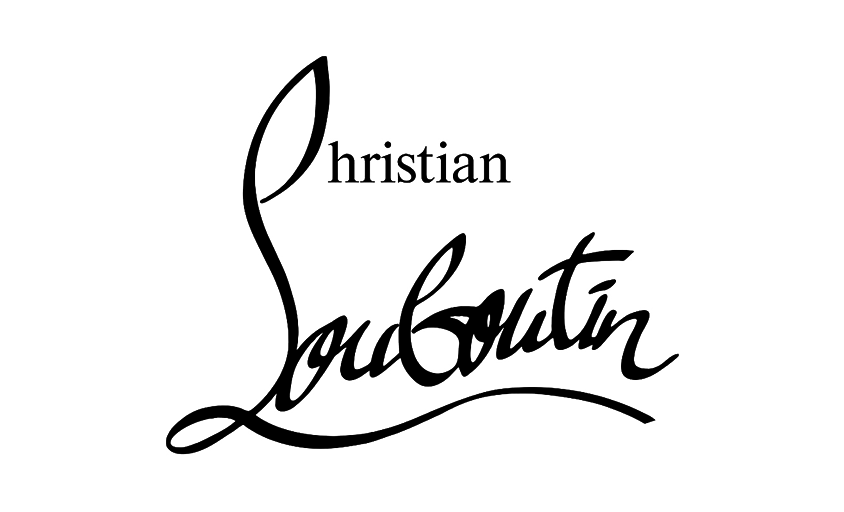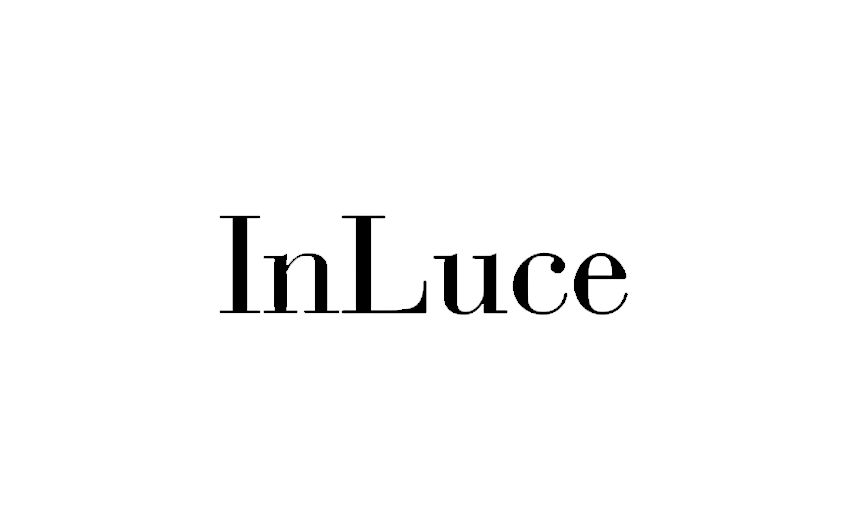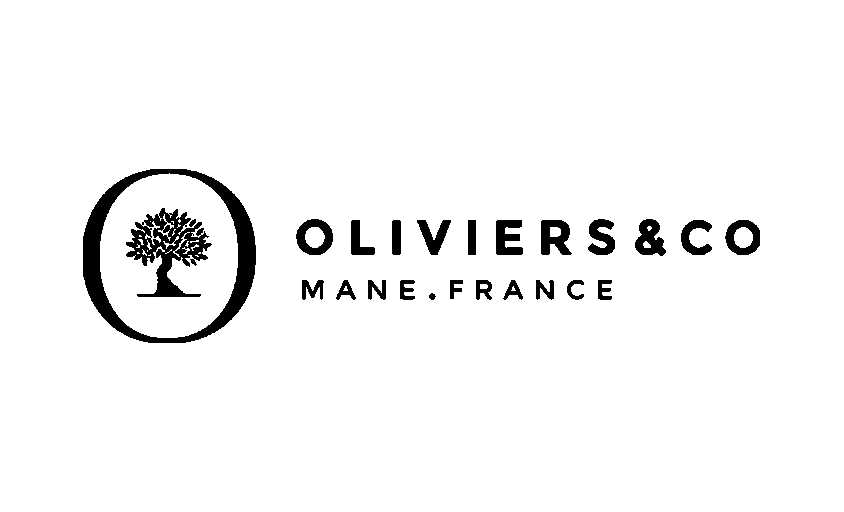Composition
In this article :
Composition in photography and visual arts is the art of arranging elements within a scene in an aesthetic and meaningful way to guide the viewer’s eye and convey an idea or emotion. It’s a fundamental aspect of visual creation, as it directly influences an image’s impact and interpretation. Mastering the principles of composition allows artists and photographers to create captivating and memorable works.
Basic Principles of Composition
- Rule of Thirds
Imagine your image divided into nine equal parts by two horizontal and two vertical lines. Placing key elements at the intersections or along these lines creates a more dynamic and balanced composition. - Leading Lines
Use natural lines in the scene to direct the viewer’s gaze toward the main subject or across the image. - Framing
Use elements within the scene to frame the subject, focusing attention on it. - Symmetry and Patterns
Repeating shapes, colors, or textures can add visual interest and a sense of harmony. - Contrast
Play with color, light, or texture contrasts to highlight the key elements of the image.
The Importance of the Background
The background plays a crucial role in composition, adding depth, context, and influencing the overall mood. A carefully chosen background can complement the main subject without distracting from it, while a cluttered or distracting one can diminish the image’s impact.
Balance and Harmony
Creating visual balance in a composition means distributing elements so that the image feels stable and harmonious. This can be achieved through a symmetrical or asymmetrical arrangement, considering their size, color, and relative position.
Experimentation and Rules
While understanding composition principles is essential, the most memorable artists are often those who dare to break them. Experimentation and intuition play a major role in creating images that push boundaries and express a unique vision.
Conclusion
Composition is a key skill for any visual creator, offering the tools to capture not only what is seen but also what one wants to communicate. By mastering composition and embracing experimentation, photographers and artists can transform the ordinary into something remarkable.
Jérémy Carlo is the editorial director at Rétines, where he ensures the consistency and clarity of all content produced by the studio.
Our Clients
Let’s discuss
What we do for you at Rétines
Meticulous work, an organised project and fast delivery. And to achieve this, we mobilise the right resources in our teams at the right time.
01
Pre-production
Artistic and technical direction tailored to the project.
Relevant recommendations on content, form and resources.
02
Photo Shooting
Photos taken by our experienced photographers.
Production that’s controlled, efficient and tailored to the needs of the project, with nothing superfluous.
03
Retouching
Technique
Photographs magnified by our retouching team.
Post-production to meet the commercial challenges of the brief.












